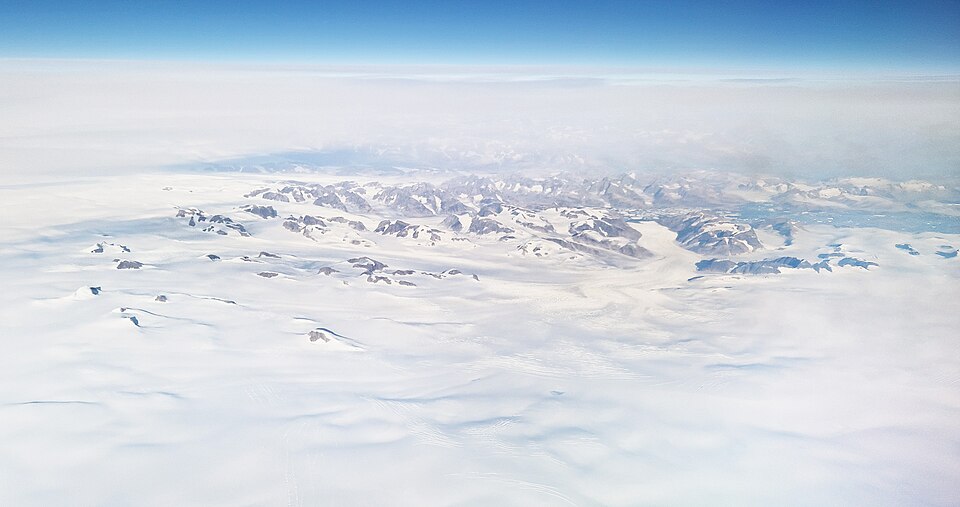
How do people live in the Arctic and the Antarctic? People live in the Arctic by staying warm, protecting themselves from the extreme weather, and having enough food to last through the winter. (In case you get confused, the Arctic is where the North Pole is located and the Antarctic is where the South Pole is located. “Arctic” comes from the Greek for “near the bear” – “arkitos” because if you look north while in the northern hemisphere, you can see Ursa Major, the Great Bear constellation. The Antarctic uses the Greek for “opposite” – “anti”, so it means “oppostite near the bear”.)
This question has two parts, but the answer for both parts is essentially the same. There are two kinds of people that make the Arctic and the Antarctic their home. The Arctic is populated by indigenous people and by researchers. The Antarctic is only populated by researchers. The Antarctic has never had an indigenous population and is the only continent on Earth never to have had an indigenous population. The main reason for this is that the continent broke away from Gondwana millions of years ago. Antarctica and Australia were connected and separated from South America, Africa, and India about 66 million years ago, before separating again. Australia was populated by people roughly 60,000 years ago because it was accessible by island chains that might have had land bridges during the ice ages. Australia, despite having a lot of desert, was habitable. Antarctica was too difficult for ancient people to reach, and even if they had, it does not have an easily habitable environment. The Arctic is inhabited by several indigenous people because the sea ice connects the land at the north of Eurasia and the north of North America. It is easy for people who live in those areas to head further and further north.
So, how do they survive? Well, the biggest issue is the cold. Antarctica and the Arctic are both cold, but Antarctica gets slightly colder. Winter temperatures in both places are usually below -40℃, and they can get much lower. The coldest ever recorded temperature on Earth was recorded in Antarctica and it was -89.2℃. To protect themselves from this, researchers have very well insulated buildings with heating systems. When going outside, researchers and people who work in these areas have modern, hi-tech clothing. As long as you are well insulated and don’t have any exposed skin, you can stay in very cold temperatures with no problem. People can wear clothing with natural down insulation, or with synthetic nylon insulation. They both work in the same way a musk ox keeps warm. The small fibers trap pockets of air, which prevent heat loss.
Indigenous people do exactly the same thing, but they make use of natural materials. Their clothing consists of several layers of animal skins and furs. These still have the hairs on, and these hairs trap air in pockets in the same way as the hi-tech jackets. They also build extremely well insulated houses. One type of house is built underground. Digging an underground house provides a lot of insulation because of all the soil and snow on top of it. It seems counterintuitive, but snow is a good insulator. People that build overland houses use wood and soil for the frame to insulate it, and then cover it in animal skins and fur. If the insulation is good enough, they can survive very low temperatures. Then they use fire inside the hut to heat and to cook.
Surviving the weather can be trickier. Both the Arctic and Antarctic have very strong winds. This is because wind moves from areas of high pressure to low pressure and the cold air over the poles means the air is very low pressure. On top of this, winds that flow from high density to low density are pulled down by the force of gravity, giving them even more speed. High density air (warm air) rises and low density (cold air) sinks. The wind goes from the high up high density air and is pulled down by gravity. These winds are called katabatic winds. The winds at the poles are very strong, and the winds in the Antarctic are the strongest in the world. Dwellings built in these areas have to be strong enough to survive those winds. With research stations, it comes down to the strength of the foundations and the strength of the materials used. They also raise the structures up so the wind can flow underneath and use very aerodynamic shapes. Indigenous people use strong materials to build their dwellings. They sometimes use whale bones as well. They use aerodynamic shapes as well. Domes are a good shape because they let the wind slide over them. They also build small structures as wind breaks. These can be low walls, piles of rocks, or mounds of earth. These direct the wind around the dwelling.
There are many difficulties with living in these areas, but food is one of them. Winters are long and dark. It is difficult to hunt and find food. For people living in research stations, they cannot be resupplied for months at a time, but as long as they have freezers and storerooms, they can hold enough food to survive. The same is true for the indigenous people. They didn’t have freezers, but in the winter, everywhere is a freezer. They can preserve food in ice. They also dry a lot of fish and meat in the summer, to be consumed in the winter. They cannot get access to fruit and vegetables throughout the winter, but they consume a lot of animal organ meat, which contains the vitamins they would need to get from fruit and vegetables. And this is what I learned today.
Sources
https://arctic-council.org/explore/topics/arctic-peoples
https://en.wikipedia.org/wiki/Arctic
https://education.nationalgeographic.org/resource/antarctica
https://en.wikipedia.org/wiki/Antarctica
https://en.wikipedia.org/wiki/Katabatic_wind
https://www.amnh.org/learn-teach/curriculum-collections/antarctica/extreme-winds
Image By ReneeWrites – Own work, CC BY 4.0, https://commons.wikimedia.org/w/index.php?curid=147638574
